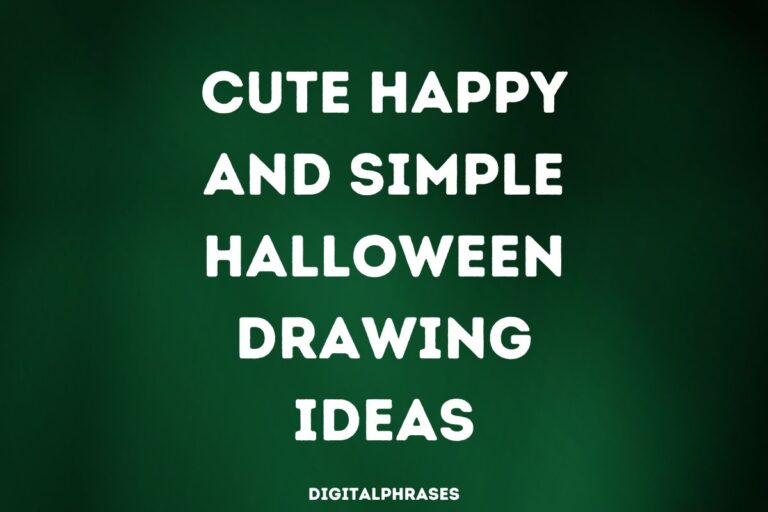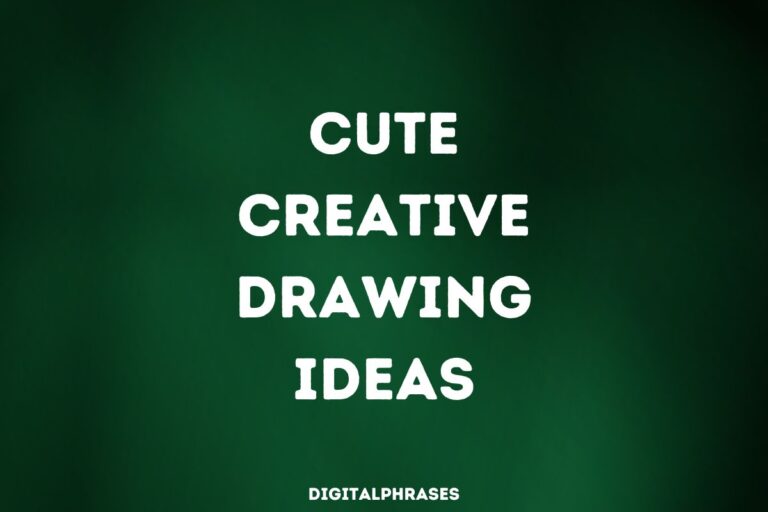21 Two Point Perspective Drawing Ideas of Buildings
You ever look at a building and think, “Man, I’d love to draw that… but, like, without it looking like a bunch of wobbly rectangles mashed together by a toddler with a crayon?”
Yeah, me too.
That’s where two-point perspective comes in!
It’s basically the magical trick that turns your sketch of a lopsided house into a majestic piece of architectural art—well, sort of.
I remember the first time I tried to draw a building in two-point perspective.
Let’s just say it looked more like a melted ice cream cone than a skyscraper.
But hey, we live and learn, right?
So today, I’m going to share with you some two-point perspective drawing ideas for buildings that’ll level up your art game faster than a cheat code in an old-school video game.
If I can figure it out (eventually), so can you.
Let’s grab those pencils, break out the rulers, and try not to poke our eyes out with them.
Let’s do this!
Two-Point Perspective Drawing Ideas of Buildings
1
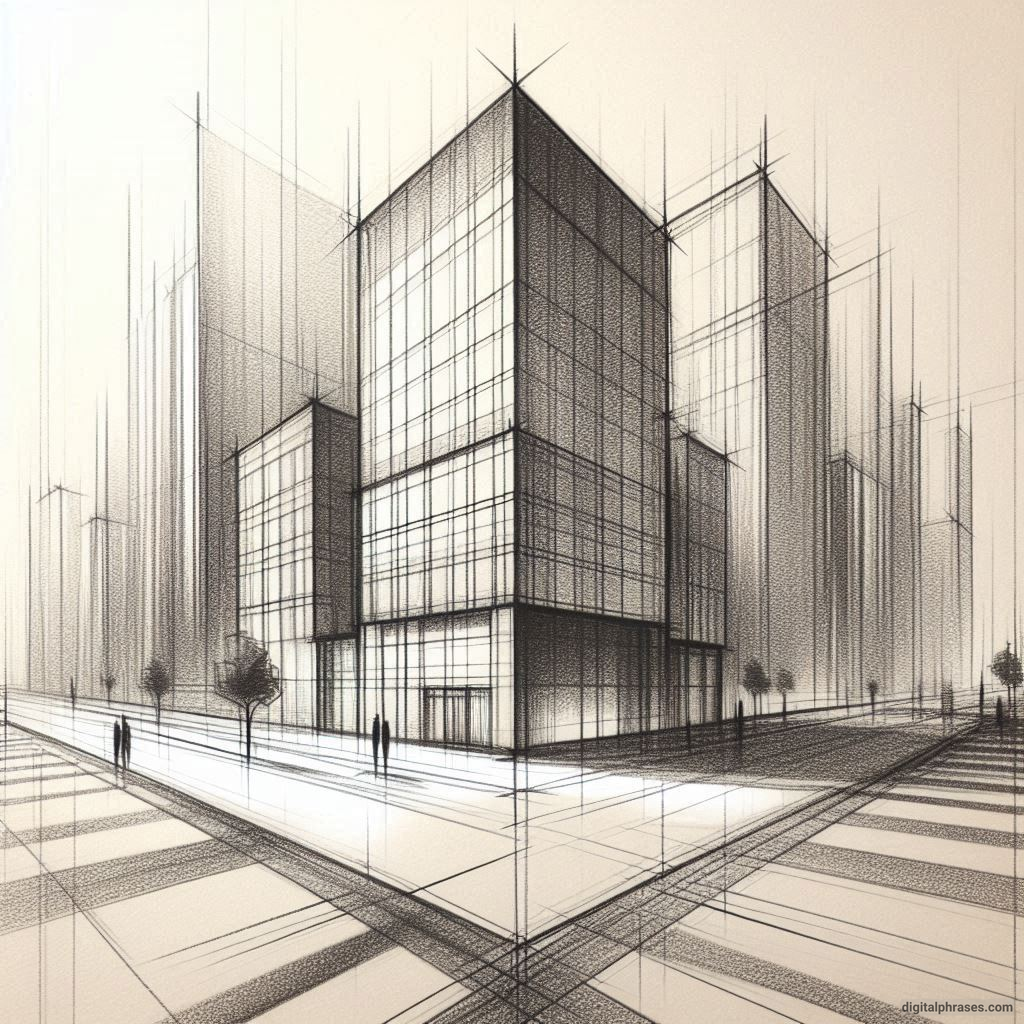
2
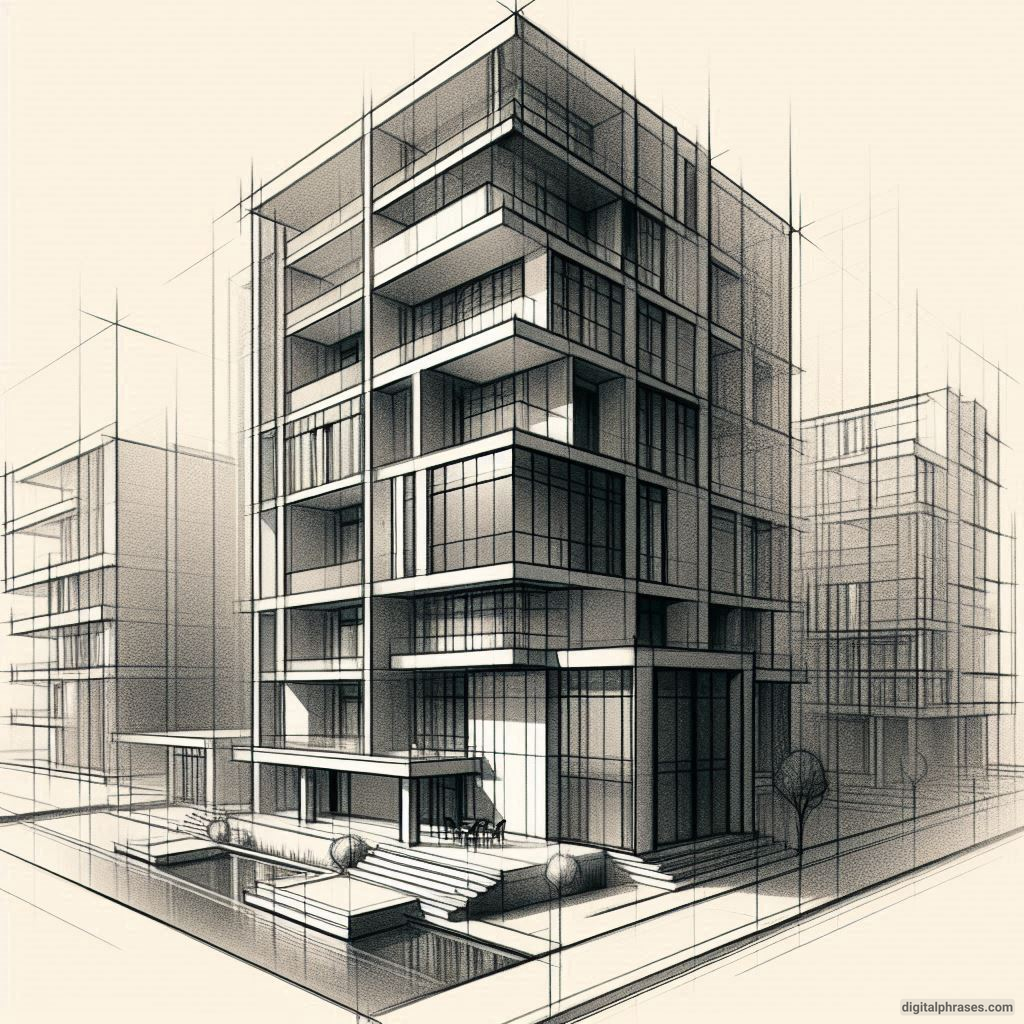
3
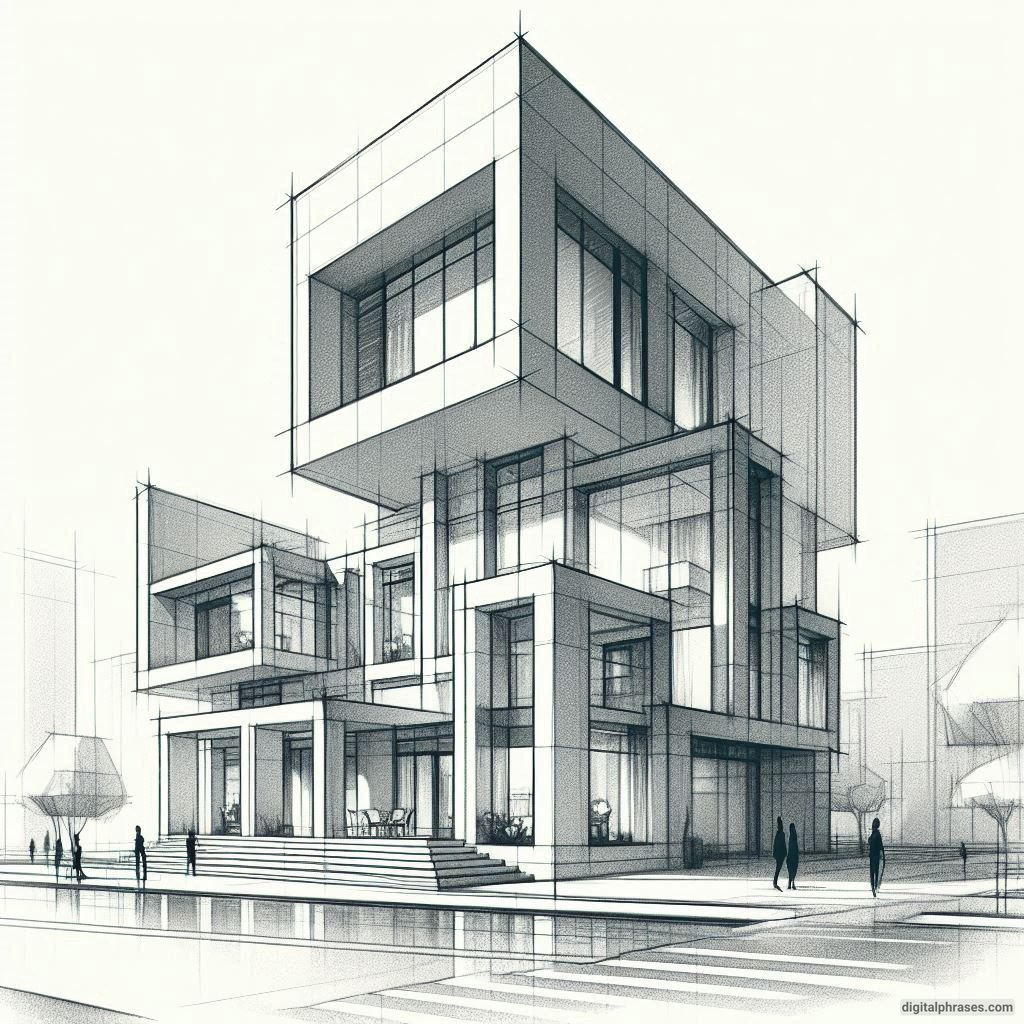
4
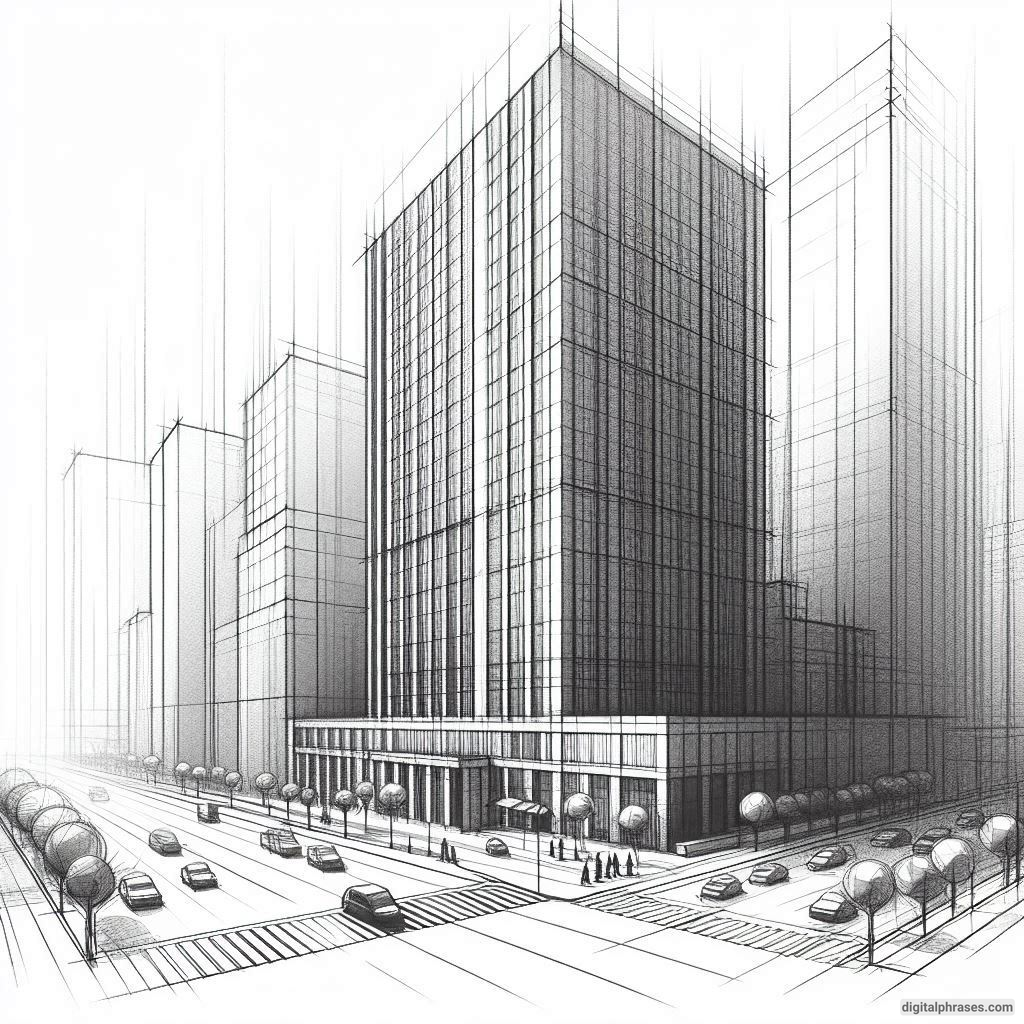
5
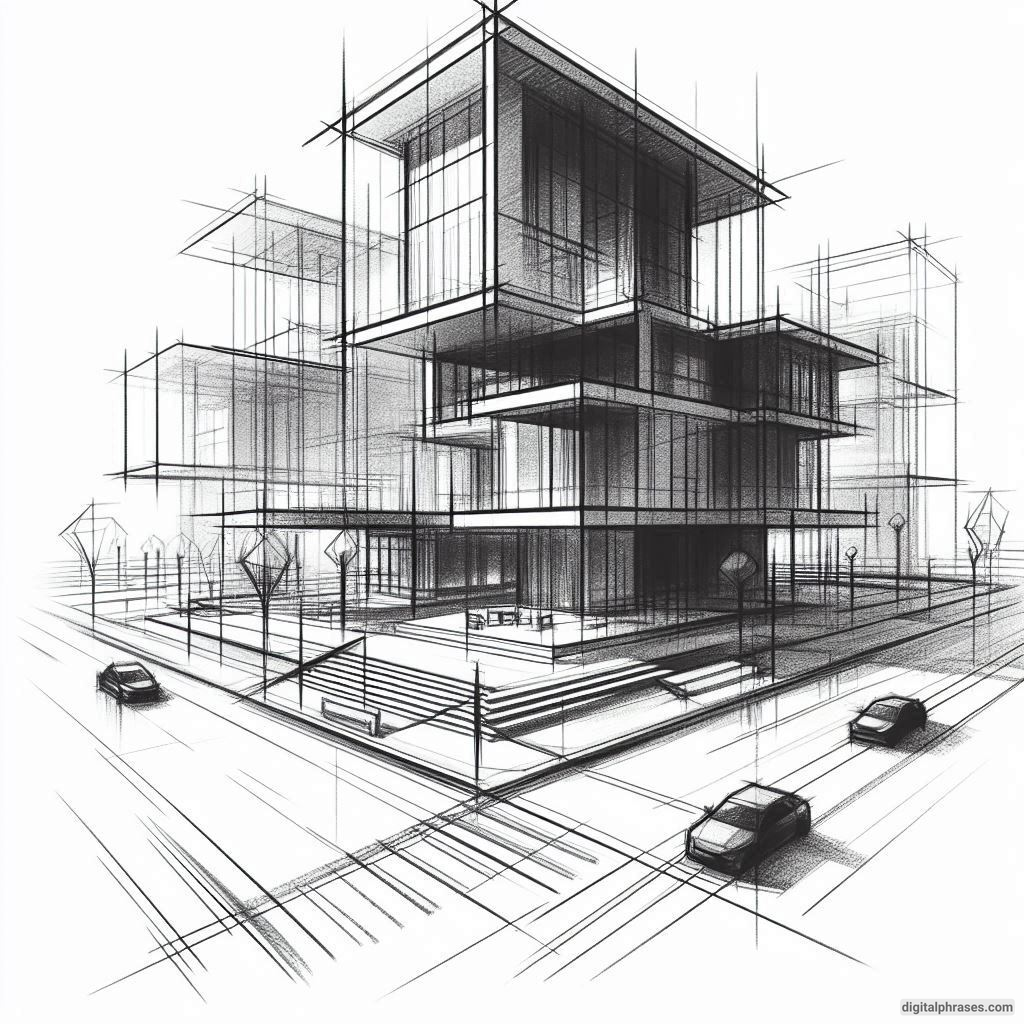
6
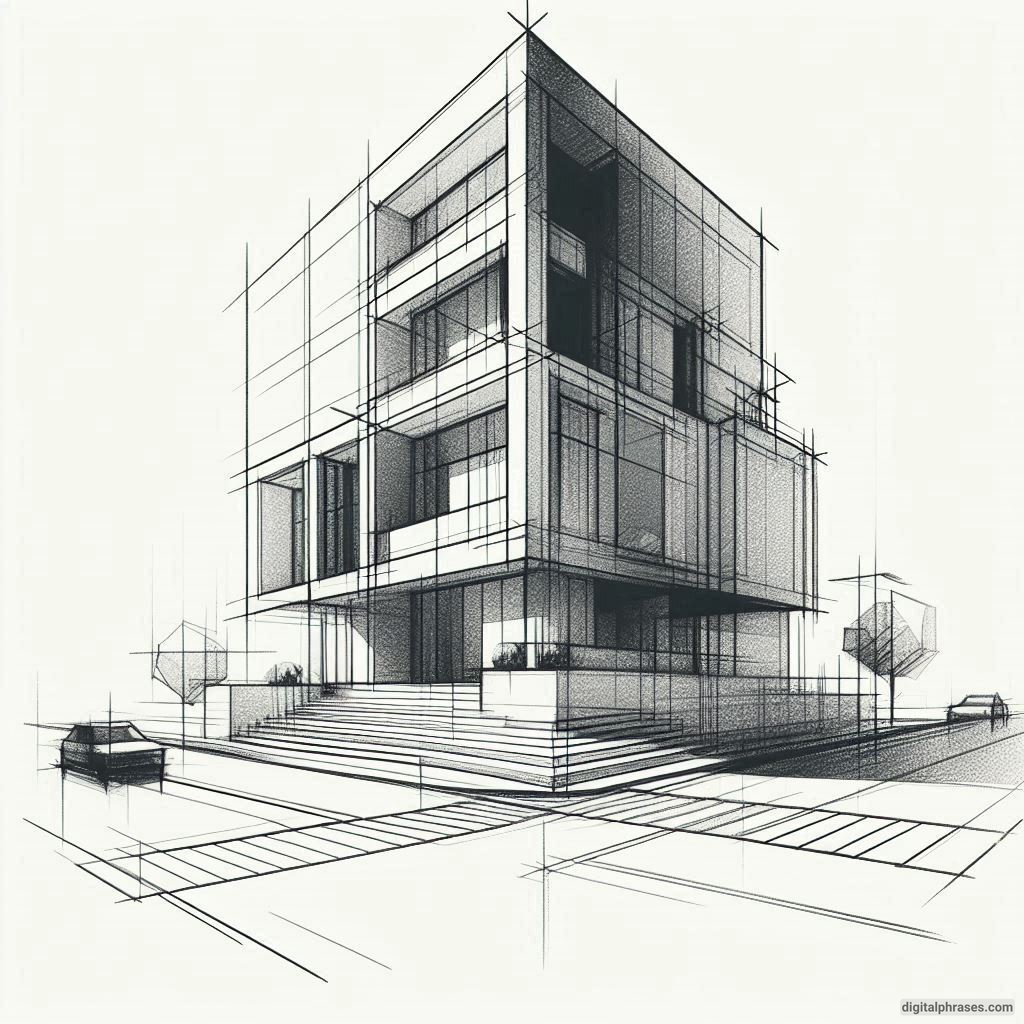
7

8
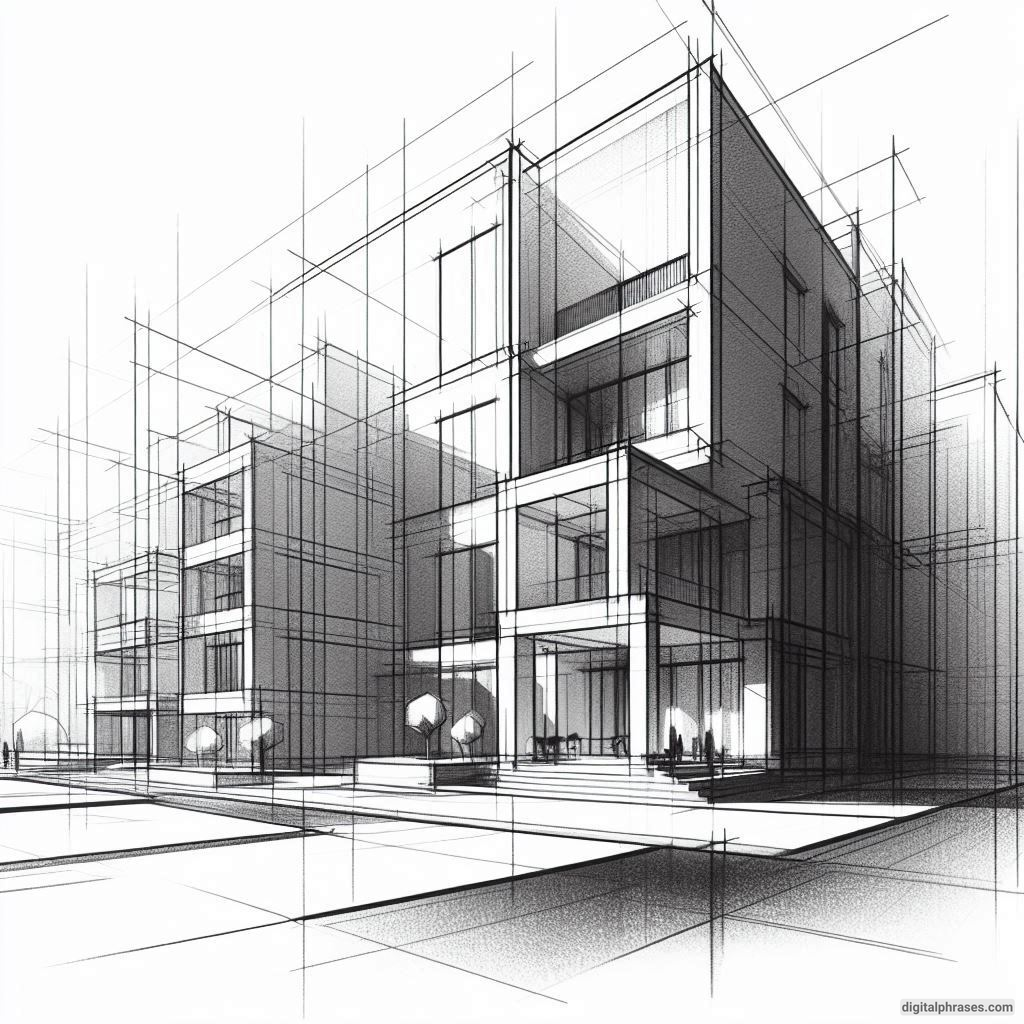
9
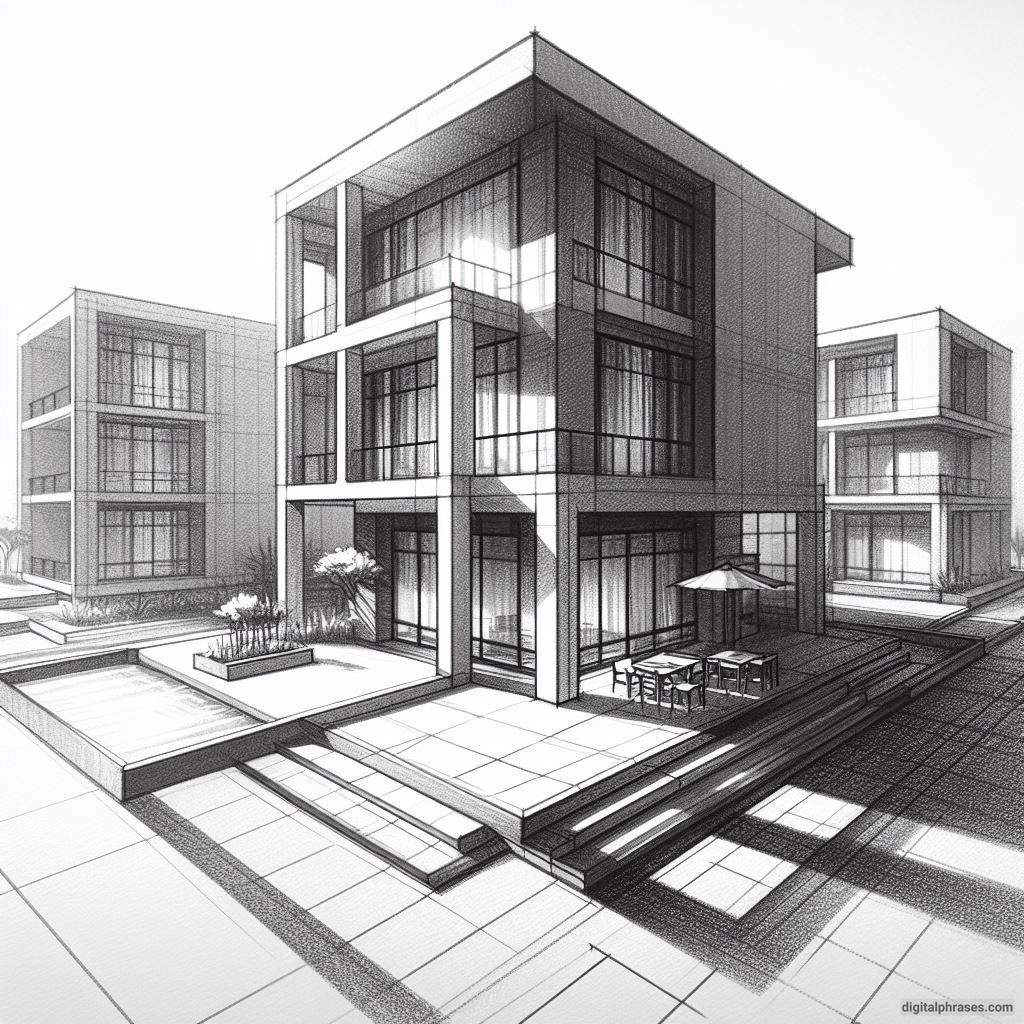
10
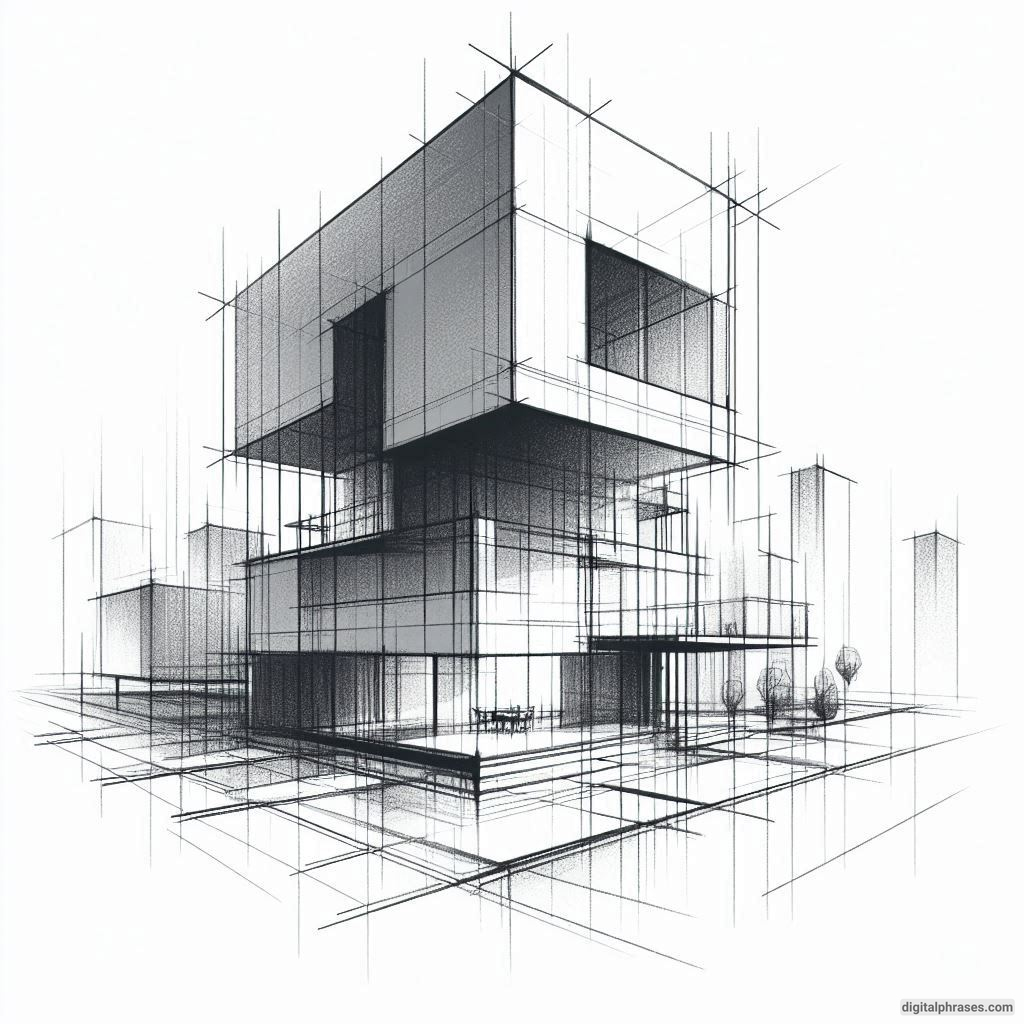
11
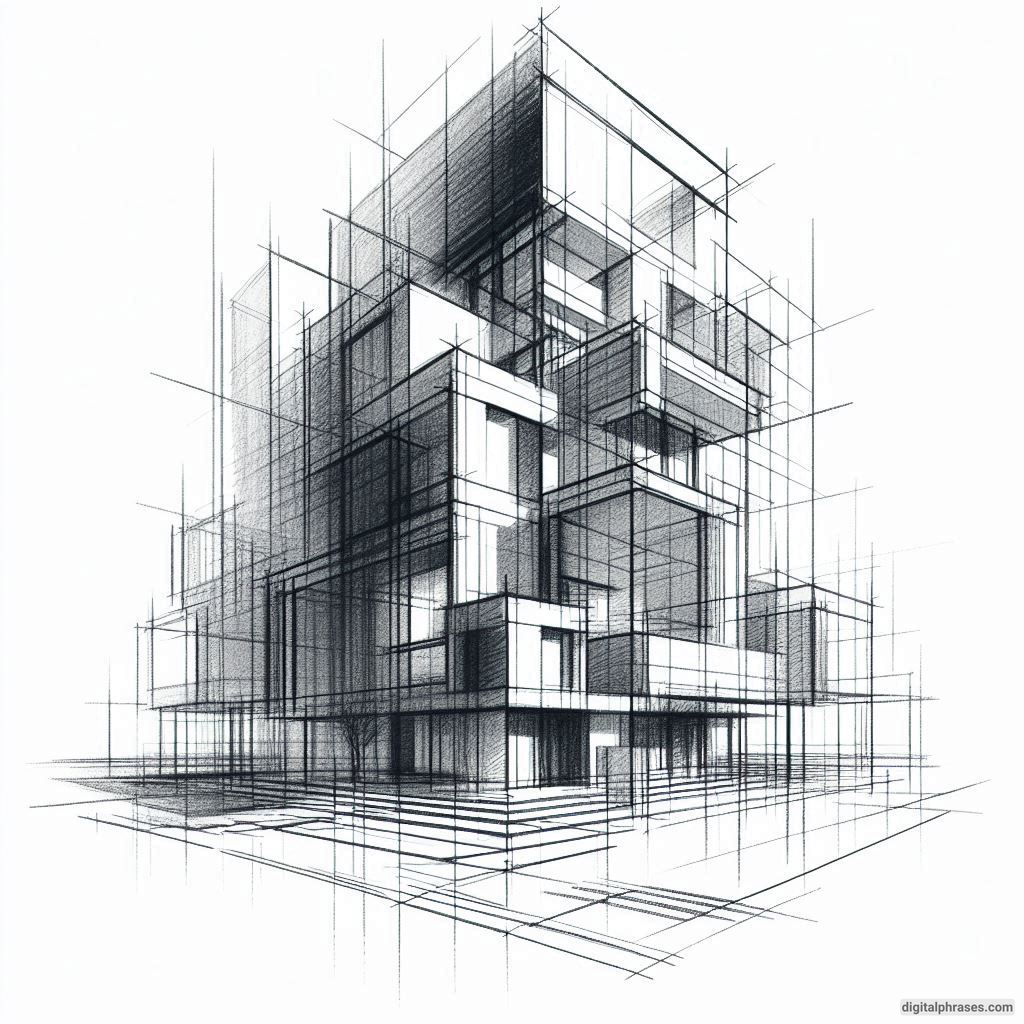
12
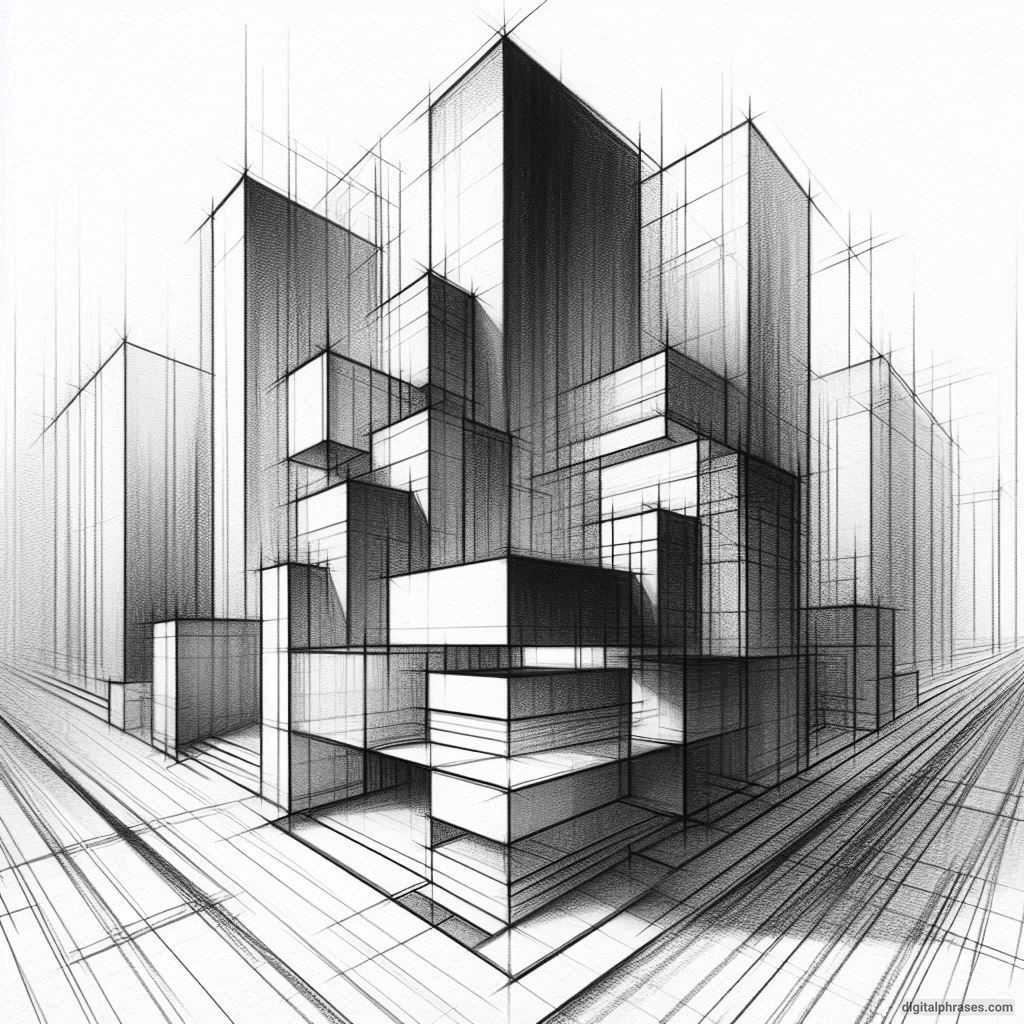
13
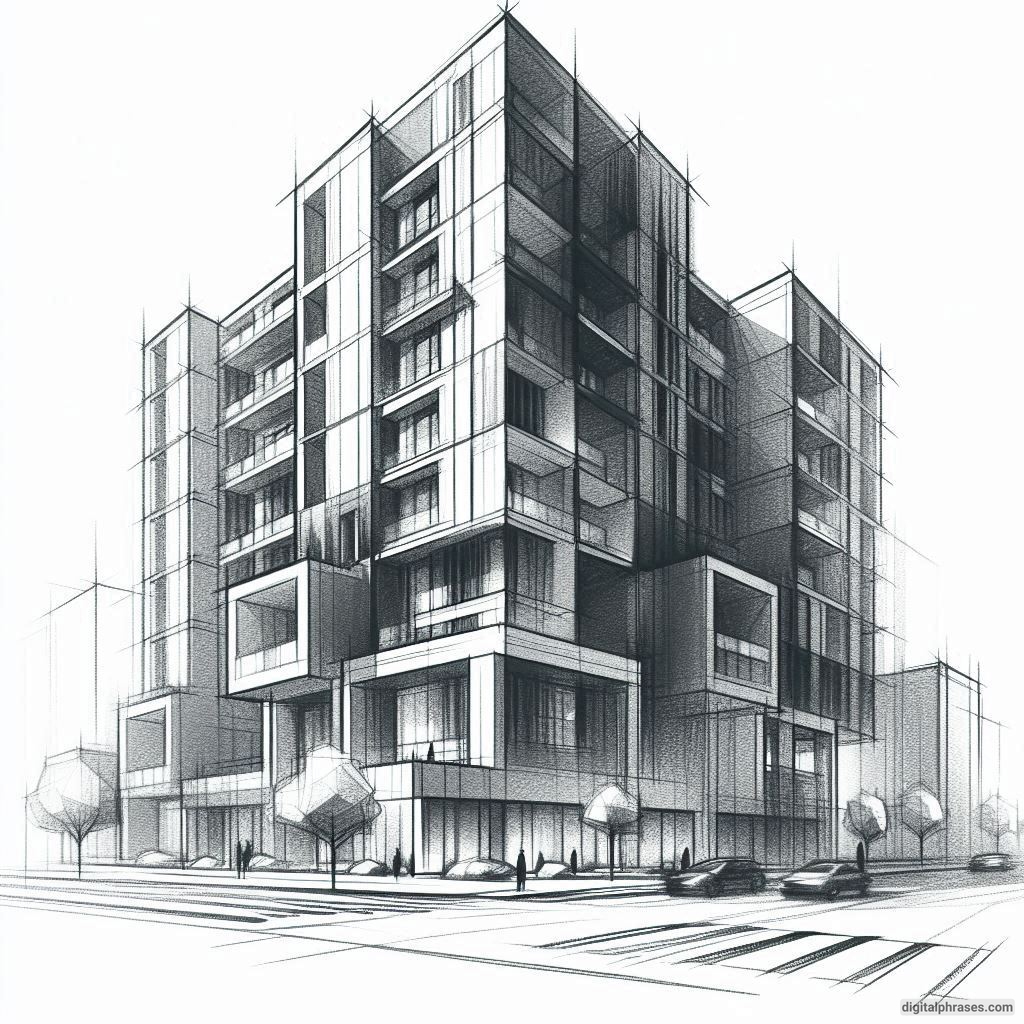
14
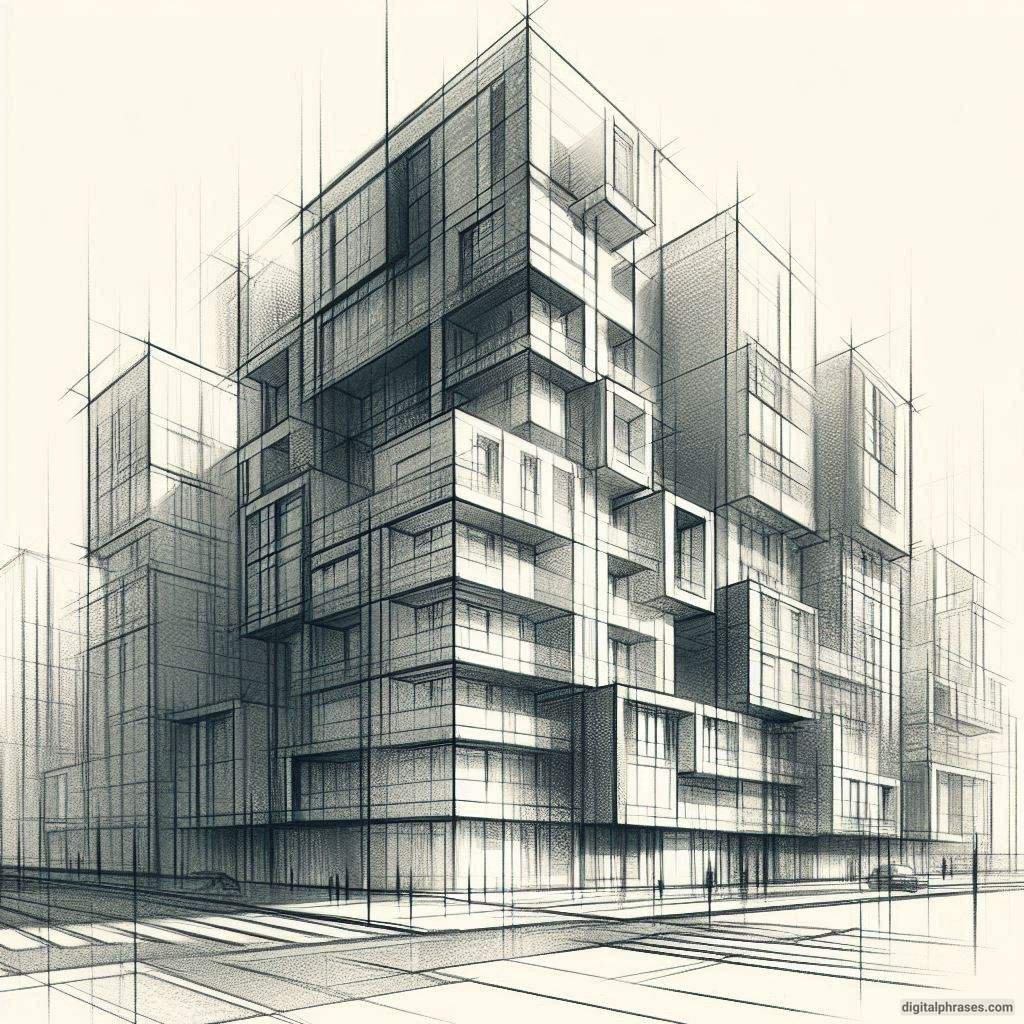
15
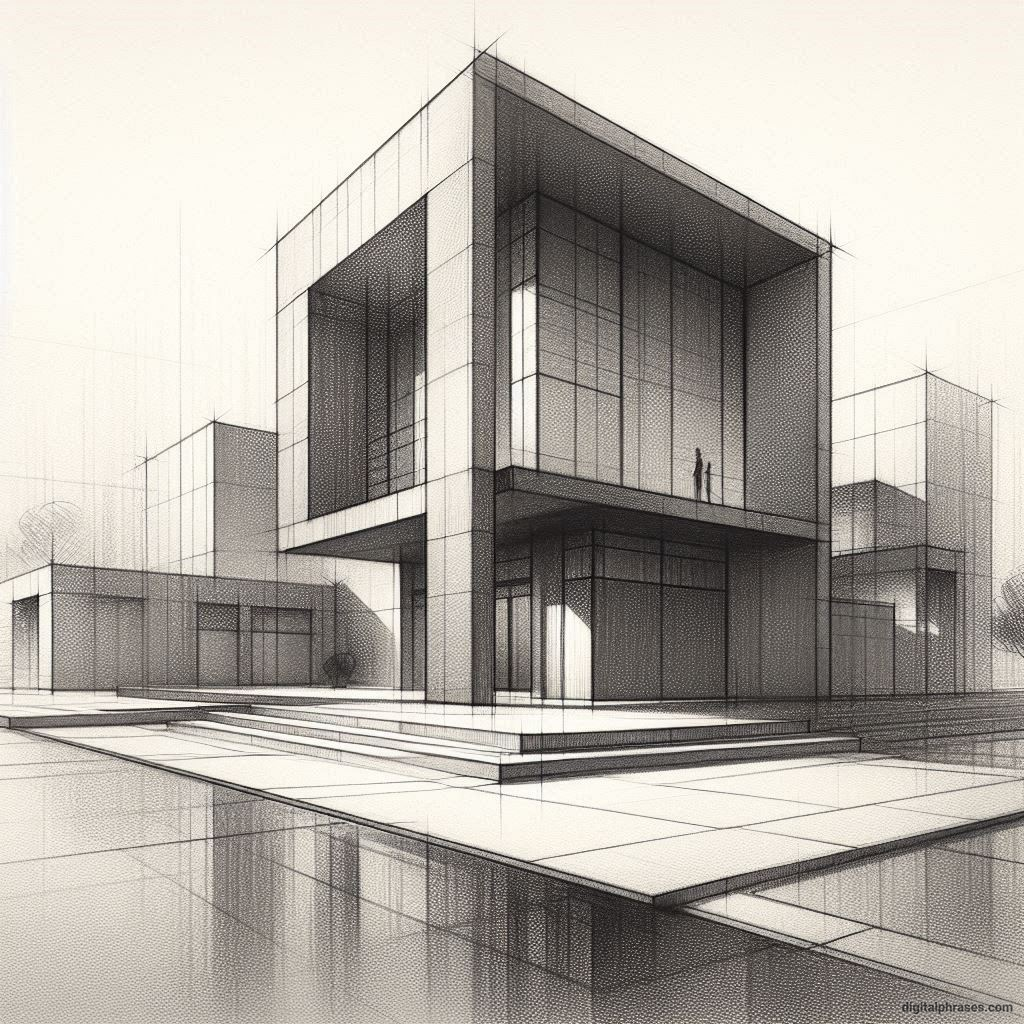
16

17

18
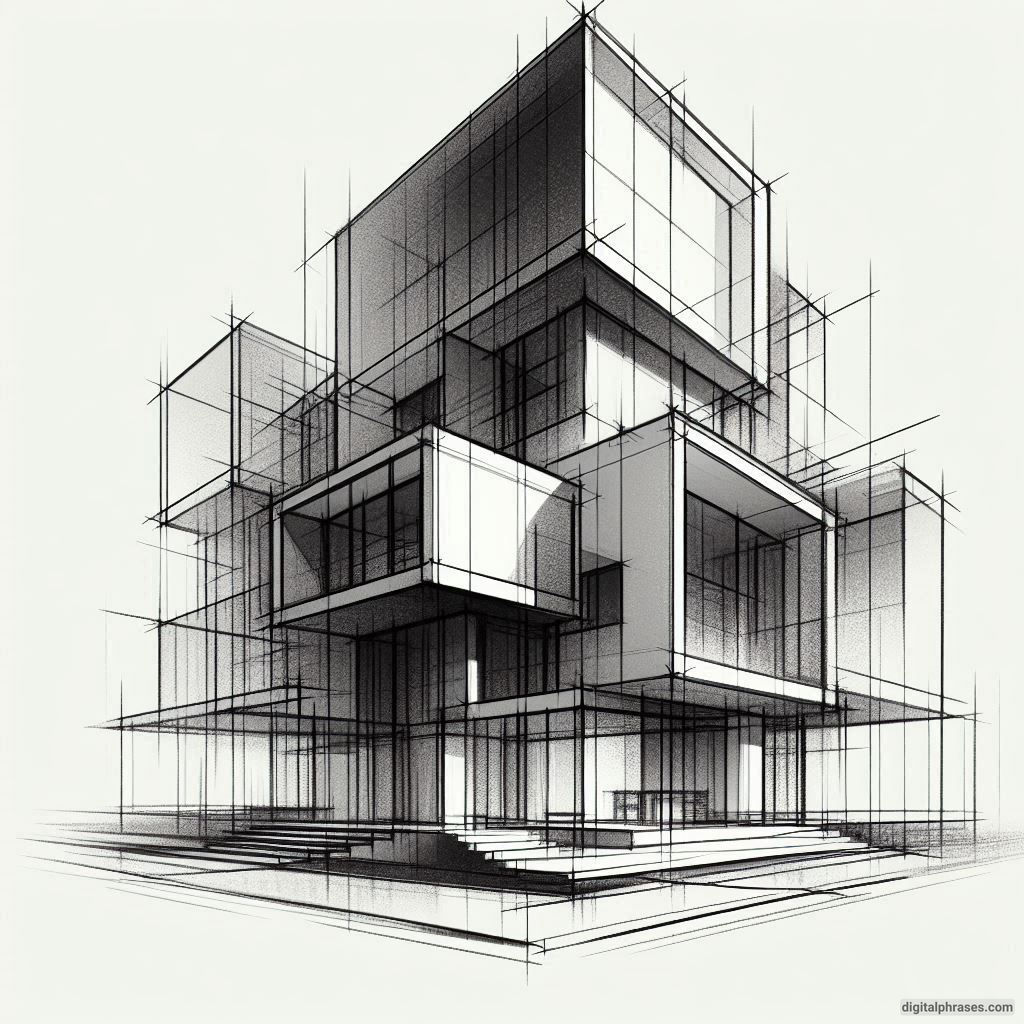
19

20
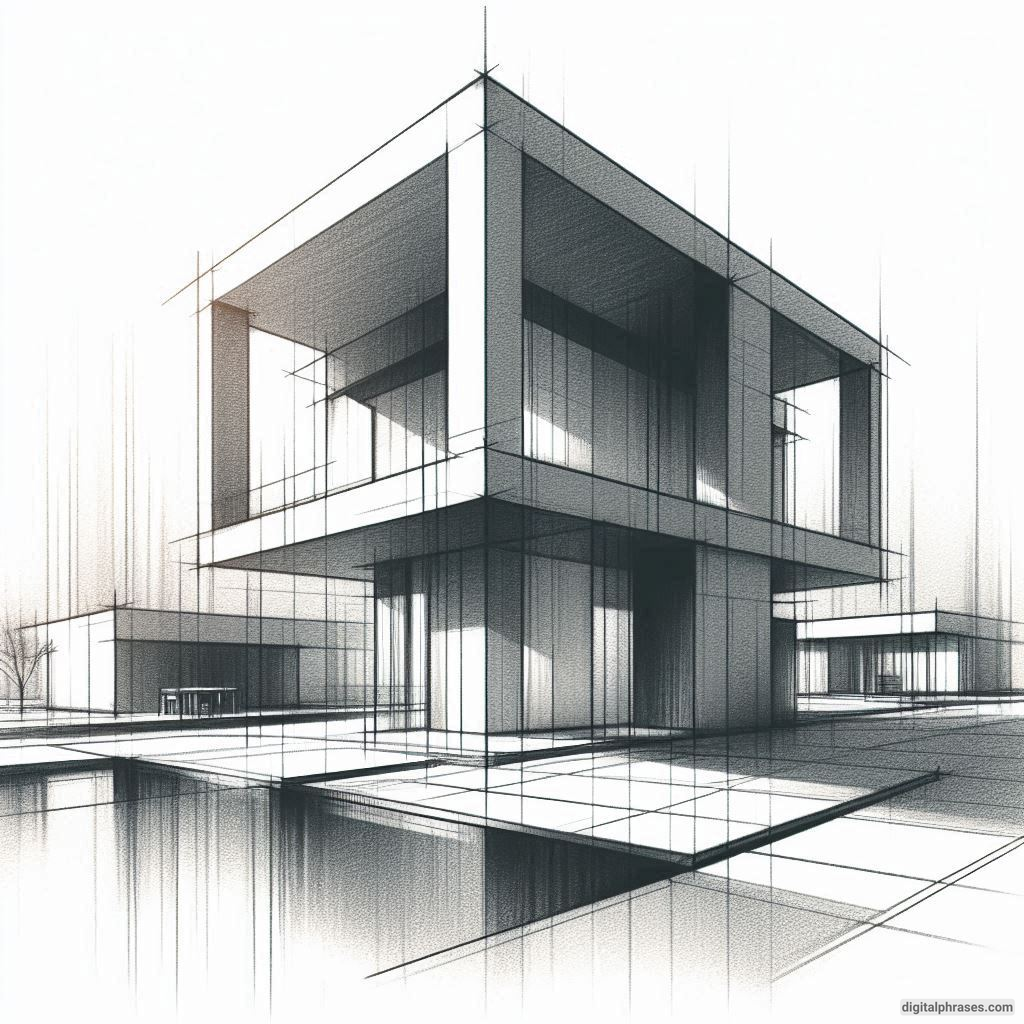
21
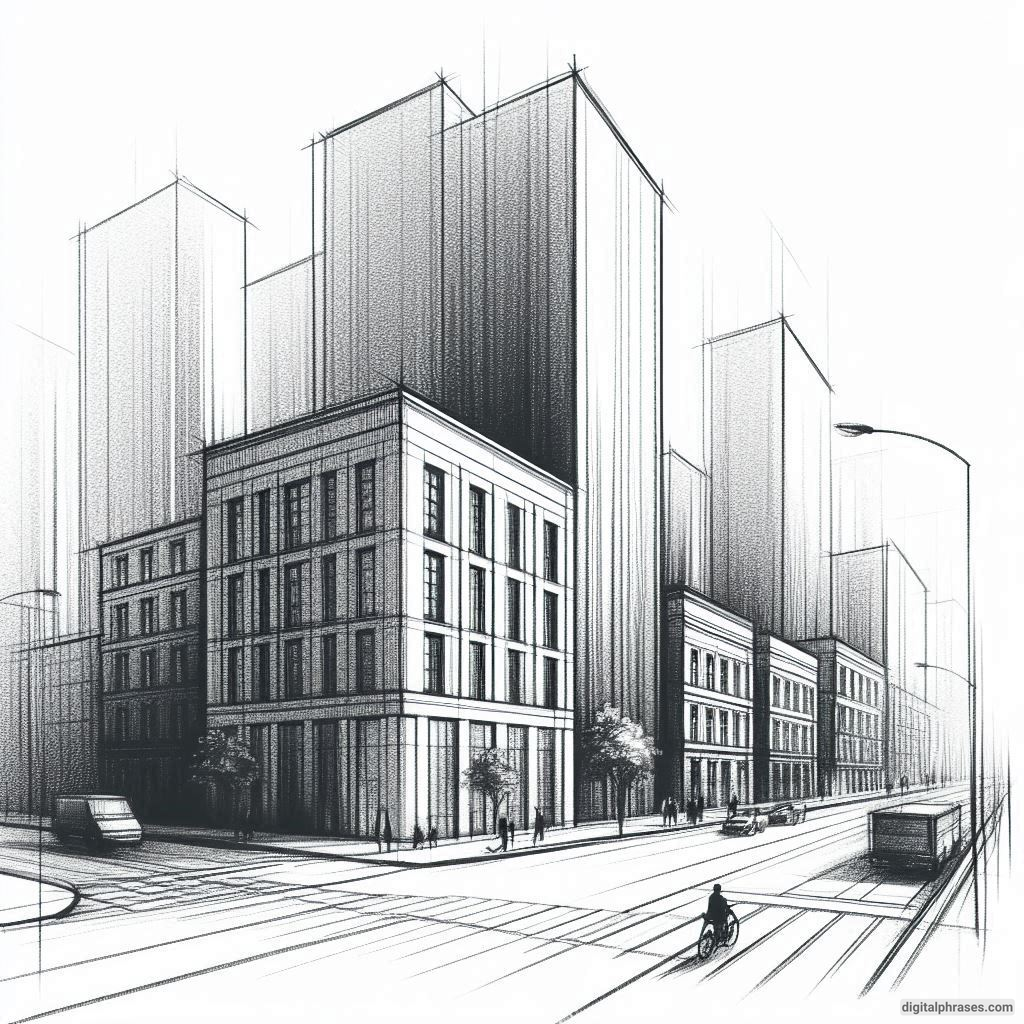
Tips and Tricks To Execute These Drawings To Perfection
1. Vanishing Points
Imagine two vanishing points as the popular kids at school that everyone talks about but no one has actually seen. These bad boys live waaaay off the edges of your paper, and their sole purpose is to make you question your life choices.
Let’s break it down: In a two-point perspective drawing, you have two vanishing points on your horizon line. This means you’re trying to draw buildings as if they’re in 3D.
One set of lines goes to the first vanishing point, and another set goes to the second vanishing point. These lines, by the way, do not care about your feelings or whether you’ve had enough coffee.
They’re just there to make sure you never draw a perfectly straight building again.
My advice?
Make peace with the fact that these vanishing points will almost always be off your paper.
Grab some extra sheets of paper, tape them together like a mad scientist, and suddenly you’ve got a workspace that even your vanishing points can’t escape from.
It’s either that, or accept that you’ll be drawing while crawling halfway across the floor to reach those points. Trust me, I’ve been there—my knees still haven’t forgiven me.
2. The Horizon Line
The horizon line is your best friend. It’s that stable, dependable pal that’s always there to help you make sense of things when everything else is going crazy.
Picture it as the ‘baseline’ of your perspective, the point where the sky meets the earth and all of your vanishing points go to take a nap.
The key here is to keep the horizon line consistent throughout your drawing. Don’t be tempted to move it halfway through just because you’re frustrated that your building is looking more like a leaning tower of pizza. That’s cheating, my friend.
Pro tip: If you’re drawing a cityscape, put the horizon line lower if you want your buildings to look tall and imposing, like they could crush your self-esteem with their fancy glass windows. Put it higher if you want more of a bird’s-eye view, like you’re flying over them, pretending you have your life together.
3. Rulers Are Your Friends… Until They’re Not
Two-point perspective drawing requires the use of rulers. Lots and lots of rulers. If you’re one of those free-spirited artists who thinks rulers are a crime against creativity, then buckle up, because perspective drawing is here to humble you.
Those rulers are essential for making sure your lines don’t look like they were drawn by someone who’s just had six espressos (and I say that with full self-awareness).
But beware: while rulers can be your best allies, they can also turn on you. They have a tendency to shift when you’re in the zone, which will send your lines spiraling into the abyss.
The trick here is to use masking tape to keep your paper steady, or even better, use a ruler with a non-slip grip. If you don’t have one of those fancy rulers, get creative: slap on a piece of duct tape to the bottom.
Problem solved!
4. The “Drawing Through” Technique
One thing I’ve learned while trying to draw buildings in two-point perspective is that you’ve got to “draw through” your structures. I know, I know—it feels wrong to draw the back side of a building that no one is ever going to see.
But trust me, this is important.
It’s like building a house without a solid foundation; your building is going to collapse faster than my patience when my cat walks all over my drawing.
What this means is, don’t stop at the visible sides of the building. Draw those hidden lines lightly (they’re your skeleton), so you can erase them later.
This helps you keep the structure’s proportions correct and prevents your building from looking like it was constructed during a particularly wild hurricane.
5. Don’t Forget the Details (but Not All at Once)
Here’s where you can let your creativity flow, but with a gentle trickle instead of a fire hose.
Windows, doors, balconies, and gargoyles—oh my! Adding details to your buildings is like decorating a cake. If you rush it, you’ll just end up with icing in your hair and a lot of regrets.
Start simple. Mark out the placement of the windows using those precious vanishing points.
Keep your lines light until you’re satisfied with the overall look, because there’s nothing worse than drawing the perfect window only to realize it’s at a jaunty angle that no architect would approve of.
Also, for the love of everything sacred, remember that each detail should still follow the same vanishing points. Otherwise, your building will look like it’s been designed by Dr. Seuss.
6. Perspective and Procrastination: A Match Made in Hell
You know what’s worse than drawing in perspective?
Putting it off.
Here’s the thing: two-point perspective requires concentration, and it’s the kind of thing that will expose all your artistic flaws. So, naturally, it’s the perfect project to procrastinate on.
But, listen to me. Set a timer, put on your favorite podcast, or even bribe yourself with snacks (my personal favorite).
Just start drawing.
You’re going to mess up, but the good news is, no one is going to see your eraser marks unless you spill coffee on your paper and it turns into a permanent crime scene. Besides, every time you draw, you’re getting better—even if it feels like your progress is measured in millimeters.
7. The Shadows
Now that you’ve got your building looking somewhat respectable, it’s time to add shadows to make it pop. Trust me, nothing says “I know what I’m doing” like a well-placed shadow. Here’s a little secret: shadows don’t actually care about your vanishing points, but they do respect your light source.
Pick a direction for your light source (I usually go for top-left because it makes me feel powerful), and draw your shadows accordingly. Keep in mind that shadows cast by objects will stretch toward the opposite side. Also, resist the temptation to turn your shadows into dark blobs. You want to lightly shade them so they look more like soft whispers and less like you’re trying to cover up a mistake.
8. Step Back and Take a Break
I’ve spent hours hunched over a piece of paper, only to step back and realize that my building looks like it was drawn by someone with one eye shut and the other covered in Vaseline. Trust me, breaks are essential. When you’re stuck in the details, you lose perspective (pun intended). Step back, go outside, touch some grass (if you can find it), and let your brain reset.
When you come back to your drawing, it’ll either look way better than you thought, or you’ll realize you need to make a few adjustments. Either way, you’ll be seeing it with fresh eyes.
9. Celebrate the Small Wins
Did you just draw a straight line that actually looks straight? Have you managed to get two lines to meet at the same vanishing point? Did you draw a building that doesn’t look like it’s melting in the sun? Congratulations! You’re a superstar.
Two-point perspective is no joke, folks. It’s tough, and it will challenge your patience. But every time you sit down to draw, you’re sharpening your skills, whether you realize it or not. So don’t forget to give yourself a pat on the back.




